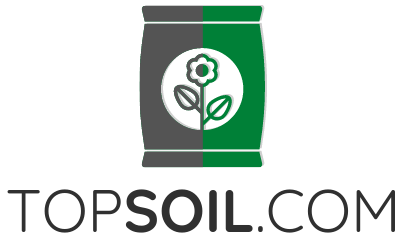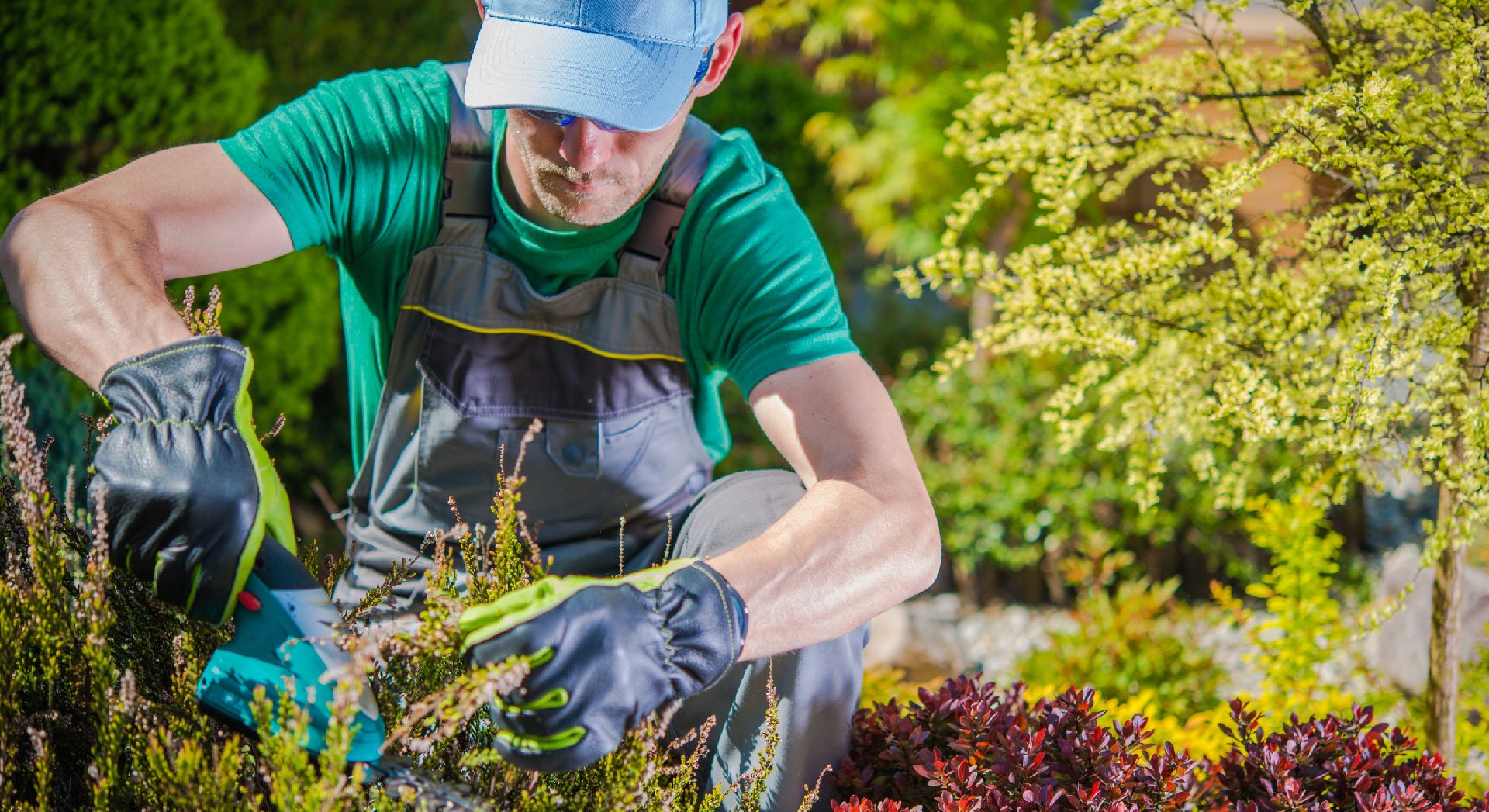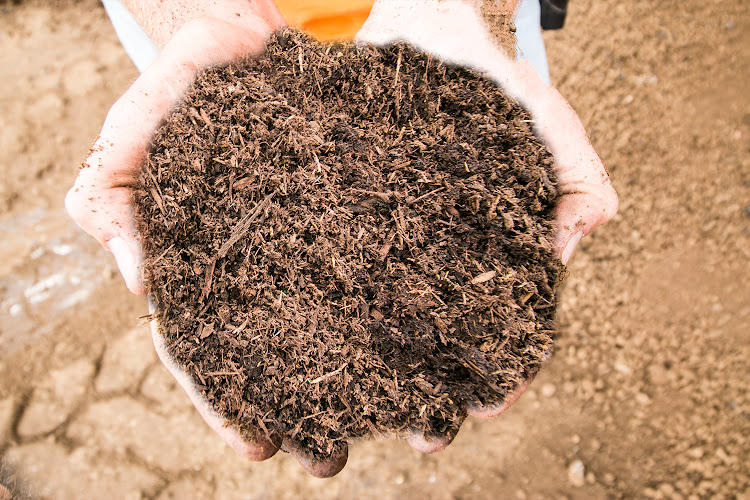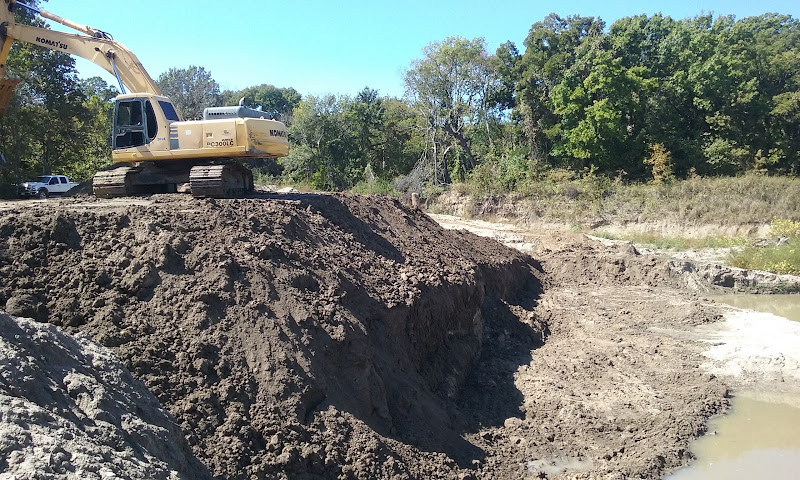Unveiling the Power of Topsoil
When it comes to landscaping and gardening, topsoil plays a vital role in creating healthy and thriving outdoor spaces. In this section, we will delve into the basics of topsoil and explore its various uses.
Understanding the Basics of Topsoil
Topsoil refers to the uppermost layer of soil, usually found within the top 5 to 12 inches of the earth’s surface. It is rich in organic matter, nutrients, and microorganisms, making it the most fertile layer for plant growth. Topsoil is formed over time through the natural processes of weathering and decomposition of organic materials.
The composition of topsoil can vary depending on the region and underlying geology. However, it typically consists of a combination of sand, silt, clay, organic matter, and various minerals. This diverse mixture provides the necessary nutrients and structure for plants to grow and thrive.
What is Topsoil Used For?
Topsoil has a wide range of uses in landscaping and gardening. Some common applications of topsoil include:
- Improving Soil Quality: Topsoil is used to enhance the quality of existing soil by adding organic matter, nutrients, and improving drainage. It helps to create a healthy soil environment for plants to establish strong root systems and absorb essential nutrients.
- Filling in Depressions and Leveling: Uneven or sunken areas in the landscape can be filled and leveled using topsoil. By adding layers of topsoil, you can create a smooth and even surface for planting or other landscaping activities.
- Creating Planting Beds: Topsoil is essential for creating planting beds and garden areas. It provides a fertile foundation for plants to grow and allows for the proper establishment of roots. By incorporating topsoil into planting beds, you can improve water retention, nutrient availability, and overall plant health.
Choosing the right topsoil for your specific needs is crucial to ensure the success of your landscaping projects. Factors to consider include evaluating soil composition, checking for contaminants, and selecting the appropriate texture. For more information on these considerations, refer to our section on Choosing the Right Topsoil.
By understanding the basics of topsoil and its various uses, you can harness its power to create vibrant and flourishing landscapes. Whether you’re starting a new garden, leveling your lawn, or enhancing the quality of your soil, topsoil is a valuable resource that can significantly impact the health and beauty of your outdoor spaces.
Enhancing Your Landscape with Topsoil
Topsoil is a versatile resource that can greatly enhance your landscape. Whether you’re looking to improve soil quality, fill in depressions, level the ground, or create planting beds, topsoil plays a vital role in achieving a healthy and thriving outdoor space.
Improving Soil Quality
One of the primary uses of topsoil is to improve soil quality. Over time, soil can become depleted of nutrients, compacted, or lacking in organic matter. By incorporating topsoil into your existing soil, you can introduce fresh nutrients, improve drainage, and enhance the overall fertility of the soil.
Topsoil is rich in organic matter, such as decomposed plant material, which nourishes the soil and promotes healthy root growth. It also helps to retain moisture, preventing excessive water loss and reducing the need for frequent irrigation. By improving soil quality with topsoil, you create an ideal environment for plants to thrive.
Filling in Depressions and Leveling
Another practical application of topsoil is filling in depressions and leveling uneven areas in your landscape. Over time, the ground may develop low spots, uneven surfaces, or areas where the soil has eroded. Topsoil can be used to fill in these depressions, creating a smooth and level base for your outdoor activities.
By carefully distributing topsoil in low areas, you not only improve the appearance of your landscape but also prevent water from pooling in those spots. This helps to avoid potential drainage issues and ensures that your outdoor space remains functional and aesthetically pleasing.
Creating Planting Beds
Topsoil is an essential component when creating planting beds for flowers, vegetables, or other plants. Planting beds provide an elevated area of soil where plants can grow, separate from the surrounding ground. By incorporating topsoil into these beds, you can optimize the soil conditions for plant growth and create an ideal environment for root development.
When building planting beds, it’s important to choose topsoil with the right texture and composition. This ensures proper drainage, moisture retention, and nutrient availability for your plants. Consider conducting a soil test to determine the pH level and nutrient content of your topsoil, allowing you to make any necessary adjustments to create optimal conditions for your plants to thrive. For more information on soil testing, check out our article on how much topsoil do I need?
By understanding the various ways in which topsoil can enhance your landscape, you can make informed decisions when incorporating it into your outdoor projects. Whether you’re aiming to improve soil quality, level the ground, or create planting beds, topsoil provides the foundation for a healthy and vibrant landscape.
Choosing the Right Topsoil
When it comes to selecting the right topsoil for your landscaping needs, there are several factors to consider. This section will help you make an informed decision by exploring the key considerations, namely evaluating soil composition, checking for contaminants, and selecting the right texture.
Evaluating Soil Composition
Before purchasing topsoil, it’s important to evaluate its composition to ensure it meets the requirements of your landscape. Topsoil is typically a blend of sand, silt, clay, and organic matter. The ideal composition may vary depending on the specific needs of your plants and the existing soil conditions.
To determine the composition of topsoil, you can refer to the product label or ask the supplier for detailed information. Understanding the soil composition will help you assess its drainage capabilities, nutrient content, and overall suitability for your desired landscaping project.
Checking for Contaminants
Another crucial consideration when choosing topsoil is checking for contaminants. Contaminated topsoil can negatively impact the health of your plants and potentially pose risks to the environment. It’s essential to ensure that the topsoil you select is free from harmful substances such as pesticides, heavy metals, and pollutants.
To ensure the quality of the topsoil, look for suppliers who provide lab-tested or certified products. These certifications guarantee that the topsoil meets specific standards and is free from contaminants. Additionally, you can check customer reviews or seek recommendations from trusted sources to find reputable suppliers who prioritize the quality of their topsoil.
Selecting the Right Texture
The texture of topsoil plays a significant role in determining its water-holding capacity, drainage, and root penetration. The three primary soil textures are sandy, loamy, and clayey. Each texture has its own characteristics and is suitable for different landscaping purposes.
- Sandy topsoil contains larger particles and has excellent drainage but may require more frequent watering and fertilization due to its lower water-holding capacity.
- Loamy topsoil is a balanced blend of sand, silt, and clay, offering optimal water drainage and retention. It is often considered the ideal texture for most plants.
- Clayey topsoil contains fine particles and has good water retention but may require additional amendments to improve drainage and prevent compaction.
Understanding the texture of your existing soil and the specific needs of your plants will help you select the appropriate topsoil texture to enhance your landscape.
By carefully evaluating the soil composition, checking for contaminants, and selecting the right texture, you can choose topsoil that will provide the best foundation for your landscape. Remember to consider factors such as the type of plants you intend to grow and the existing soil conditions to ensure optimal growth and long-term success. For more information on landscaping and topsoil-related topics, feel free to explore our other articles, such as where to buy topsoil in bulk near me? and how much topsoil do I need?.
Preparing Your Landscape for Topsoil
Before applying topsoil to your landscape, it’s crucial to properly prepare the area to ensure optimal results. This involves clearing the area, conducting a soil testing and analysis, and calculating the amount of topsoil needed.
Clearing the Area
Begin by clearing the area where you plan to apply topsoil. Remove any existing vegetation, such as grass, weeds, or debris. This allows for a clean and even surface for the topsoil to be applied. If you prefer to keep existing vegetation, you can still apply topsoil over it, as long as it is not too thick. For more information on this topic, refer to our article on can I put topsoil over grass and reseed?.
Soil Testing and Analysis
Conducting a soil test and analysis is an essential step in preparing your landscape for topsoil. By evaluating the current soil composition, you can determine any deficiencies or imbalances that need to be addressed. A soil test will provide valuable information on the pH level, nutrient content, and organic matter present in the soil. This analysis will guide you in selecting the appropriate topsoil and any necessary amendments to optimize the health and fertility of the soil. For more detailed information, check out our article on what is topsoil made of?.
Calculating the Amount of Topsoil Needed
To ensure you have enough topsoil for your project, it’s important to calculate the amount needed accurately. The quantity will depend on the size of the area you plan to cover and the desired thickness of the topsoil layer. It’s recommended to apply topsoil at a minimum depth of 6 inches for most landscape applications.
To calculate the amount of topsoil needed, you can use the formula: Length x Width x Depth = Volume. For example, if you have a rectangular area that measures 10 feet by 15 feet and you want to apply topsoil at a depth of 6 inches, the calculation would be:
10 ft x 15 ft x 0.5 ft = 75 cubic feet.
Keep in mind that topsoil is usually sold by the cubic yard. To convert cubic feet to cubic yards, divide the cubic feet by 27. In this example, 75 cubic feet would be approximately 2.78 cubic yards of topsoil. For further information on this topic, refer to our articles on how much topsoil do I need? and how much is a yard of topsoil?.
By following these preparation steps, you can ensure that your landscape is ready to receive the topsoil and maximize its benefits. Clearing the area, conducting a soil test, and calculating the quantity needed will set the stage for a successful topsoil application.
Applying Topsoil Effectively
To make the most of topsoil in your landscaping endeavors, it’s important to understand how to apply it effectively. This section will cover key techniques for spreading and leveling, incorporating topsoil into existing soil, and watering and maintaining the landscape.
Spreading and Leveling
When it comes to spreading topsoil, start by evenly distributing it across the desired area using a shovel or rake. Work in small sections, ensuring that the topsoil is spread at a consistent depth. Use a rake to level the topsoil, smoothing out any uneven areas. This step is crucial to create a uniform surface for planting or other landscaping activities.
Incorporating Topsoil into Existing Soil
To maximize the benefits of topsoil, it’s essential to incorporate it into the existing soil. This can be done by using a garden tiller or a shovel to mix the topsoil with the underlying soil. By blending the two, you improve the overall soil structure, nutrient content, and water retention capabilities. This integration helps create an optimal environment for plant growth.
Watering and Maintaining the Landscape
After spreading and incorporating the topsoil, proper watering is crucial to ensure the success of your landscape. Water the area thoroughly, allowing the topsoil to absorb the moisture and settle into the soil beneath. Monitor the moisture levels regularly and adjust your watering schedule accordingly to prevent overwatering or underwatering.
Maintaining your landscape involves ongoing care and attention. Regularly check for any signs of weeds or pests and take appropriate measures to address them. Consider mulching the planted areas to retain moisture and suppress weed growth. Additionally, follow a proper fertilization schedule to provide essential nutrients to your plants. For more detailed information, check out our article on how to put topsoil over grass and reseed.
Applying topsoil correctly is crucial for achieving the desired results in your landscape. By following these techniques for spreading and leveling, incorporating topsoil into existing soil, and proper watering and maintenance, you can create an environment that promotes healthy plant growth and enhances the overall aesthetics of your landscape.





